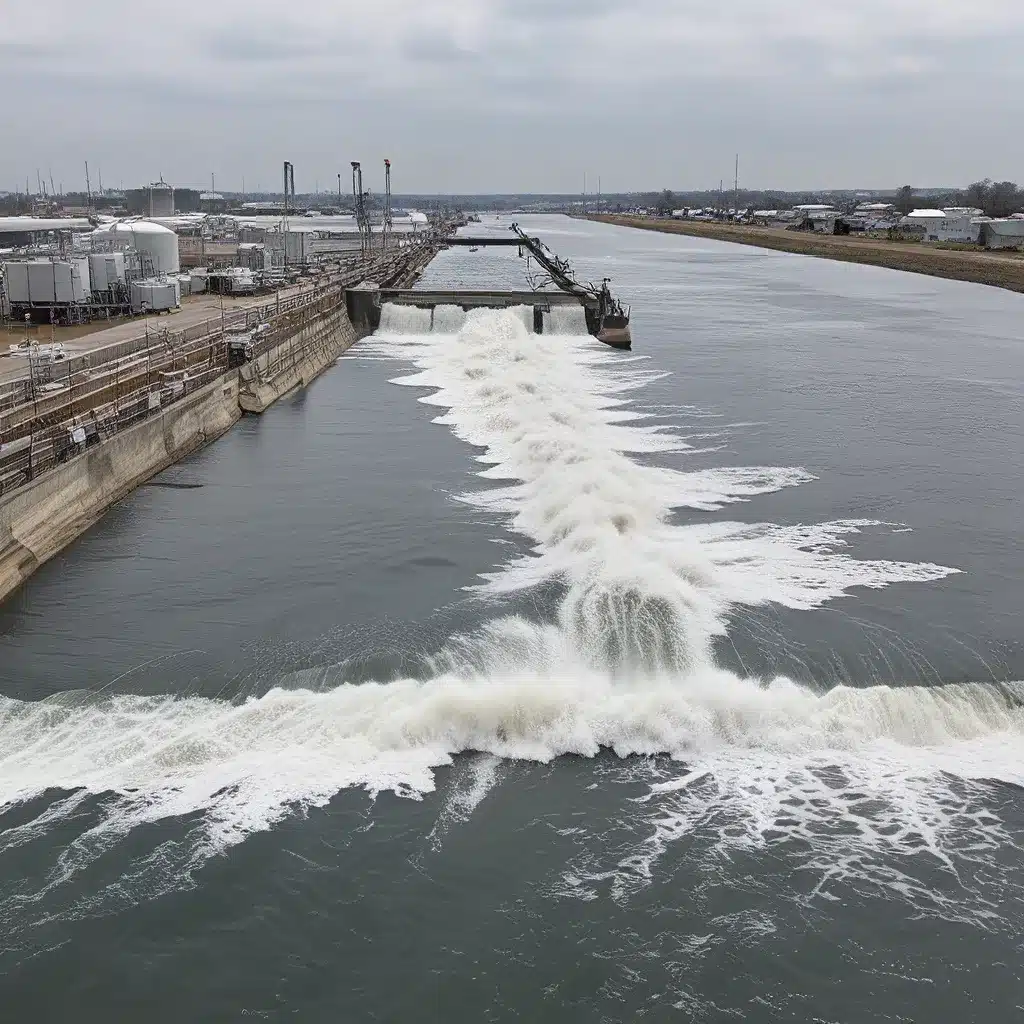
You know, when it comes to water treatment and environmental services, I can’t help but think of the old adage – “when the going gets tough, the tough get going.” And boy, have I seen my fair share of tough times in this industry. From natural disasters to man-made emergencies, the water treatment world has weathered some pretty intense storms.
But let me tell you, there’s no challenge that can’t be overcome with the right strategies and a little bit of grit. That’s why I’m here to share my experiences and insights on how to navigate the waves of water treatment during those critical moments of emergency response. Trust me, after years of working in this field, I’ve learned a thing or two about staying afloat when the waters get choppy.
Preparing for the Storm
They say the best defense is a good offense, and that couldn’t be truer when it comes to emergency preparedness. The key is to have a solid plan in place before the crisis hits.
Now, I know what you’re thinking – “easier said than done, right?” Well, hear me out. It all starts with taking a good hard look at your existing water treatment infrastructure and emergency response protocols. What vulnerabilities do you have? Where are the weak links in your system? These are the tough questions you’ve got to ask yourself.
And let me tell you, I’ve seen it all – from outdated equipment to inadequate backup power sources. But the teams that really get it right are the ones who take the time to identify these potential pitfalls and address them head-on. It might mean investing in some new tech, training personnel, or forging stronger partnerships with local authorities. Whatever it takes, you’ve got to be willing to put in the work.
Riding the Waves of Emergency Response
Alright, so you’ve done your homework and your system is as ready as it’s ever going to be. But then disaster strikes – whether it’s a hurricane, a chemical spill, or some other catastrophic event. What do you do?
Well, my friends, that’s where the real test begins. But let me tell you, with the right strategies in place, you can ride those waves of emergency response like a pro. It all comes down to quick thinking, clear communication, and a whole lot of flexibility.
Mobilizing the Troops
The first order of business? Assembling your A-team. I’m talking about your emergency response crew – the skilled operators, the safety experts, the logistical wizards. These are the folks who are going to be on the front lines, dealing with the nitty-gritty of the crisis.
And let me tell you, coordination is key. You’ve got to have a clear chain of command, with everyone knowing their roles and responsibilities. It’s not the time for egos or turf wars – it’s all about coming together as a cohesive unit to get the job done.
Tapping into Resources
But your team can’t do it alone, of course. That’s why it’s so important to have a strong network of resources at your fingertips. We’re talking about everything from backup generators and mobile treatment units to emergency funding and mutual aid agreements.
Let me give you an example. During a recent flood, one of our clients was able to leverage their connections with the local fire department to secure the use of high-capacity pumps. That quick-thinking move helped them keep their treatment plant operational and prevent a major disruption in service. See what I mean? It’s all about being creative and thinking outside the box.
Communicating Clearly
And let’s not forget the importance of communication. When the waves are crashing and the pressure’s on, clear and effective communication can be the difference between success and failure.
Think about it – you’ve got to be able to relay critical information to your team, coordinate with local authorities, and keep your community informed. It’s a delicate balancing act, but the teams that really nail it are the ones that have invested in robust communication protocols and emergency notification systems.
Emerging Stronger Than Ever
Now, I know all of this might sound like a lot to take in. But trust me, when you’re in the thick of an emergency, these strategies can be the lifeboat that keeps your water treatment operation afloat.
And you know what? The best part is, when the dust settles and the waters calm, you’ll emerge stronger than ever. All the hard work you put in during the preparation and response phases will pay off in spades. Your community will see you as a reliable and resilient partner, and your team will be battle-tested and more united than ever.
So, the next time a storm rolls in, don’t panic – embrace it. Dive right in and show the world what your water treatment operation is made of. With the right strategies and a little bit of grit, you can navigate the waves of emergency response and come out on top.
Now, I don’t know about you, but I’m feeling inspired. Who’s ready to take on the next big challenge? Let’s do this!


